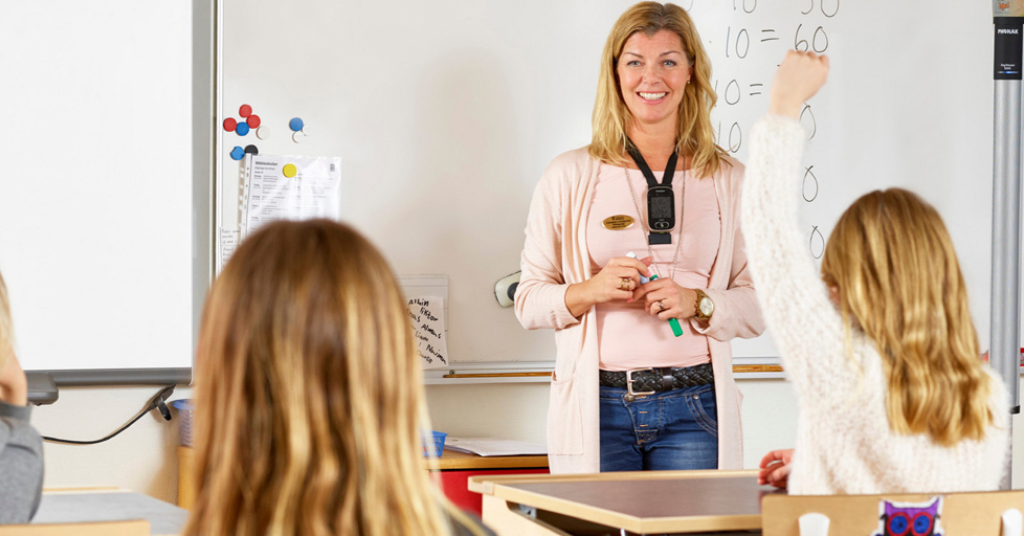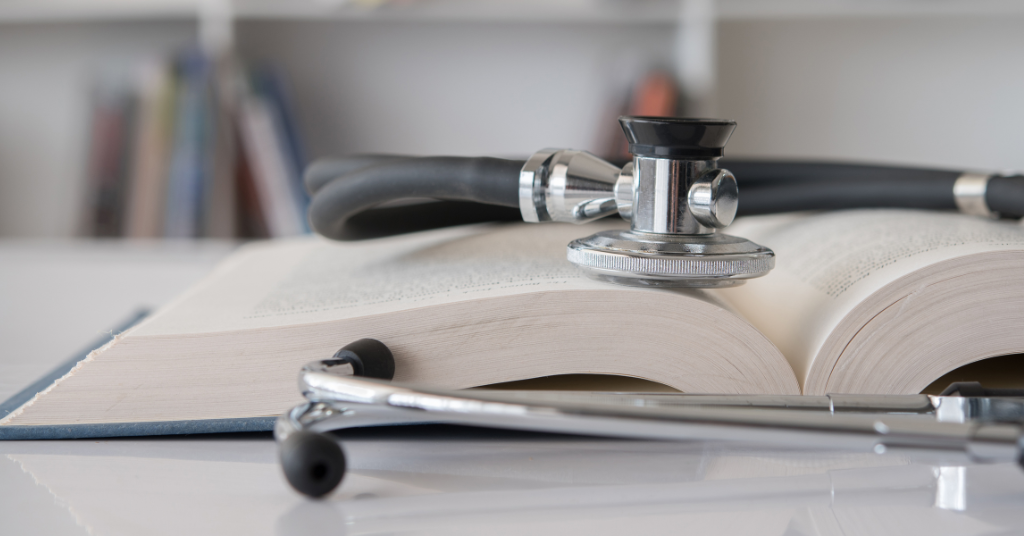
Community Spotlight: Meet Merry Kelly, a life coach for the hard of hearing
August 12, 2020
Do you live in New Zealand? You can apply for a hearing aid grant
August 16, 2020Back to School During COVID-19 for Students with Hearing Loss

This year, back to school looks a little different for everyone, but students with hearing loss especially are facing communication challenges that can affect their education.
This guide is designed to help teachers, parents and students overcome these barriers and find solutions as they enter the new school year, virtually or in-person.
Going Back to School with Hearing Loss during the COVID-19 Outbreak
As the global COVID-19 pandemic continues, schools around the world are making tough decisions on when and how to teach students this year. In the United States, many large public school districts are using online learning this fall, but some states have already returned to in-person classes.
Keeping students safe and healthy is the main concern of schools, parents, and teachers. While advocates for resuming school in-person claim children pose less of a risk of spreading COVID-19, the Centers for Disease Control and Prevention reports that around 7 percent of confirmed COVID-19 cases in the U.S. have been among children younger than 18.
Along with the risk of contracting and spreading the virus, students who are going back to school will likely experience a classroom unlike any other. Hand washing and cleaning will be more prevalent. Recess and lunchrooms will look different, and social engagement will likely be limited, due to face masks and social distancing regulations.
“Returning to school in fall 2020 poses new challenges for schools, including implementing mitigation measures (e.g., social distancing, cleaning and disinfection, hand hygiene, use of cloth face coverings), addressing social, emotional, and mental health needs of students, addressing potential learning loss, and preparing for the probability of COVID-19 cases within the broader school community,” according to the CDC, which released guidelines last week for returning to school.
While all students will go through these changes together, students with hearing loss will likely have even more barriers to overcome.
Face masks
Face masks are a necessary tool in reducing the spread of the COVID-19 virus. However, face masks pose a significant challenge for people with hearing loss, as many people also read lips to compensate for their hearing.
Watching the movements of a speaker’s mouth and face can help those with hearing loss understand what the speaker is saying. In addition to lips being blocked by face masks, speech clarity is also reduced.
Depending on the type of mask (surgical mask, N95, etc.) face masks can attenuate sound 3-12dB in the high frequencies, according to research in the Hearing Review. This is where the consonant sounds of speech are, which gives speech meaning, and why you can hear that people are talking when they’re wearing a mask, but it’s difficult to understand what they’re saying because their speech isn’t clear.
To provide more accessibility for people with hearing loss, the deaf and hard of hearing community has promoted two options: face masks with a message, and clear face masks.
“I Read Lips” Face Masks
Wearing a mask that declares you are deaf or hard of hearing will help those around you immediately know that you may need extra support to communicate while wearing face masks.
“There’s nothing wrong with letting someone know you’re deaf or have hearing loss,” says HLM author Danielle Guth. “It allows others to be aware of it and know why you may not hear or understand them. It’s okay to ask for repetition or clarification if needed.”
To help support people with hearing loss communicate while wearing face masks, we at Hearing Like Me have designed a selection of face masks especially for the deaf and hard of hearing community.
You can purchase an “I Read Lips” face mask here, or design your own. Simply sew or write your own message on a fabric mask. Don’t be afraid to show off your individuality and uniqueness by letting people know who you are and what you need to thrive in your conversations.
Read more: “I Read Lips” Face Masks for the Deaf and hard of hearing
See-Through Face Masks
See-through or clear, face masks have also become a popular option for people with hearing loss. The use of a clear-panel face mask allows people with hearing loss to read your lips and see facial expressions. This is beneficial for students who are hard of hearing and rely on lip-reading.
However, these masks are only really beneficial if everyone around the deaf or hard of hearing student is wearing them.
Additionally, homemade see-through masks aren’t always up to FDA standards. Search for secure options online, including the Safe’N’Clear, or the Communicator mask, which is FDA-approved.
Read more: What to know about clear medical masks for lip reading
Technology Tips
Live captioning:
Allowing your student to use their phone or tablet for live captions can be very helpful for taking notes and understanding the lecture. Platforms such as Google Hangouts have plans you can buy that include a live-transcription option that provides captions during the call. Suggesting speakers on a video conference raise their hand and/or ensuring the existence, reading level, and speed of captioning make a big difference in increasing accessibility.
Read more: A Guide for Group Video Calling Apps for Hearing Loss
Recording the lecture/sharing PowerPoints:
If the class is over Zoom, recording the session is beneficial to students with hearing loss. If the class is live, sharing a PowerPoint presentation with the student will be helpful.
Read More: Making Online Learning Accessible for deaf Students
Using Roger or remote microphone technology:
Does your student use Phonak Roger technology or a remote microphone? Remind them to clean their hearing technology before you use it and do your best to clean it again after you use it.
Read more: 4 Hearing Accessories for Teens in the Classroom
Communication Tips
Quick check-in
Check-in with your student before the start of class to be sure they are set up to hear. Do they need extra accommodations, such as technology or a change of seats?
Make up a signal:
Establishing a signal that your student can give if they aren’t able to hear you can allow for changes without a class interruption.
Avoid talking with your back to the class
If you are writing on a whiteboard or chalkboard, be sure to speak once you have turned around and are facing the class. This will eliminate additional muffled speech.
Individual Health Plans
In addition to these tips and solutions, students with hearing loss may have an individual health plan in place that needs to be adjusted due to the impacts of COVID-19. Be sure to check with your school nurse, speech or language pathologist, or IEP/504 coordinators for your district’s response plan.
Back to School Guide for Students with Hearing Loss
No matter how you decide to educate your child this year, we hope these tips will help keep them safe and engaged in their education and social lives.
Help bring awareness to the special situations that students with hearing loss are facing this year by sharing this Back to School Guide for students with hearing loss among your teachers and administrative professionals.








